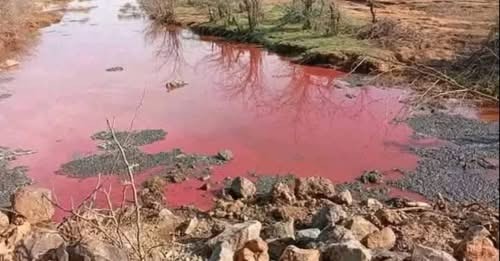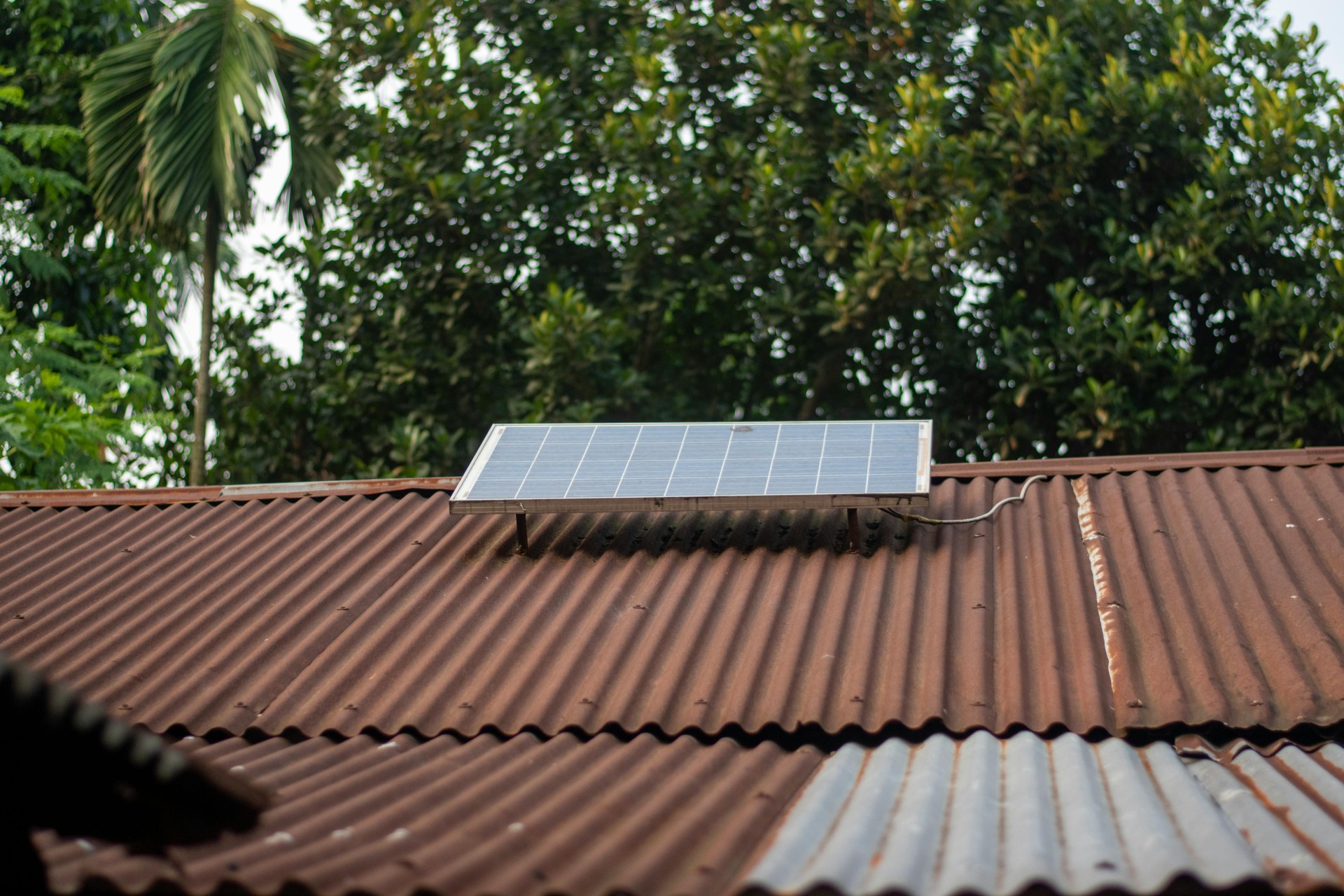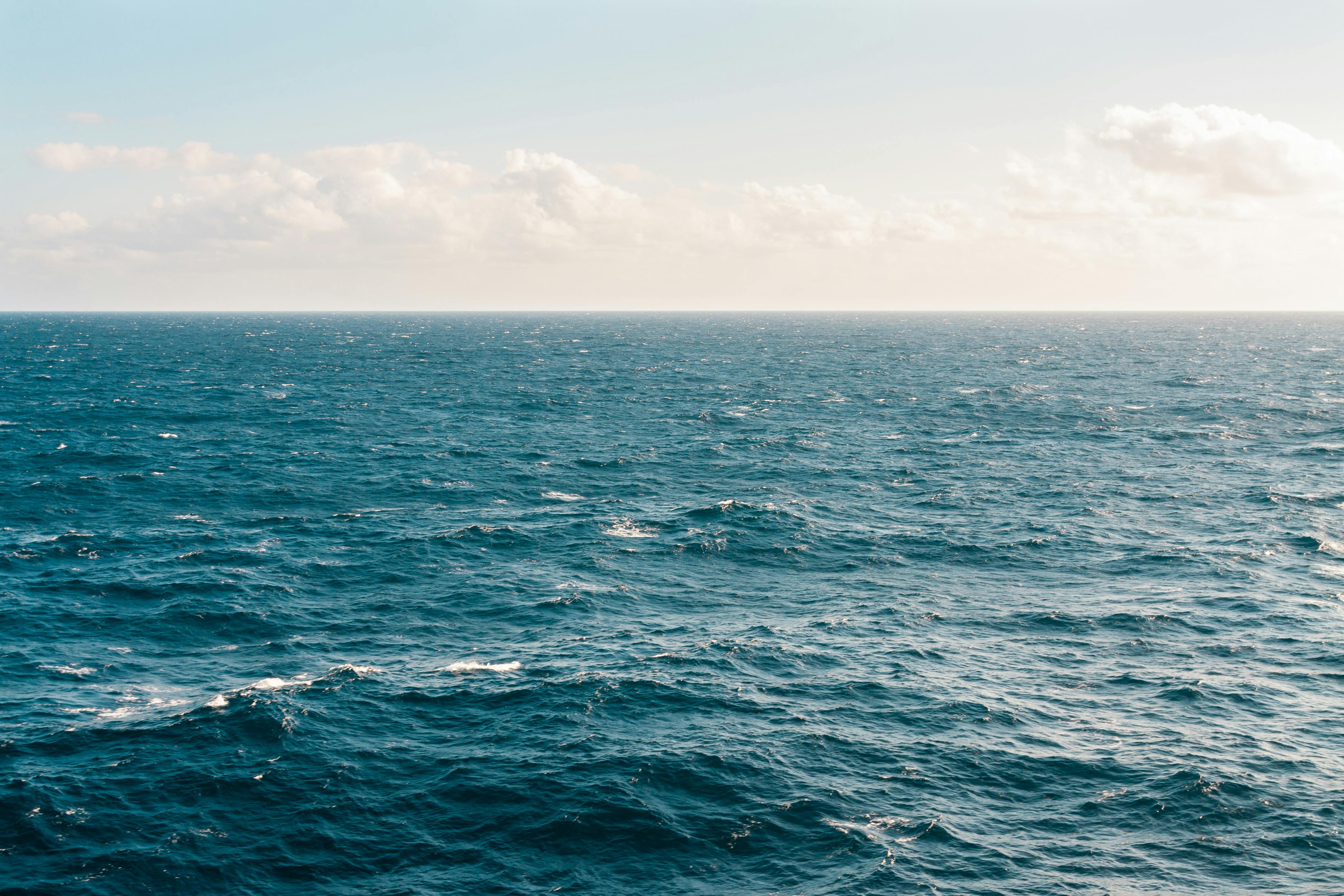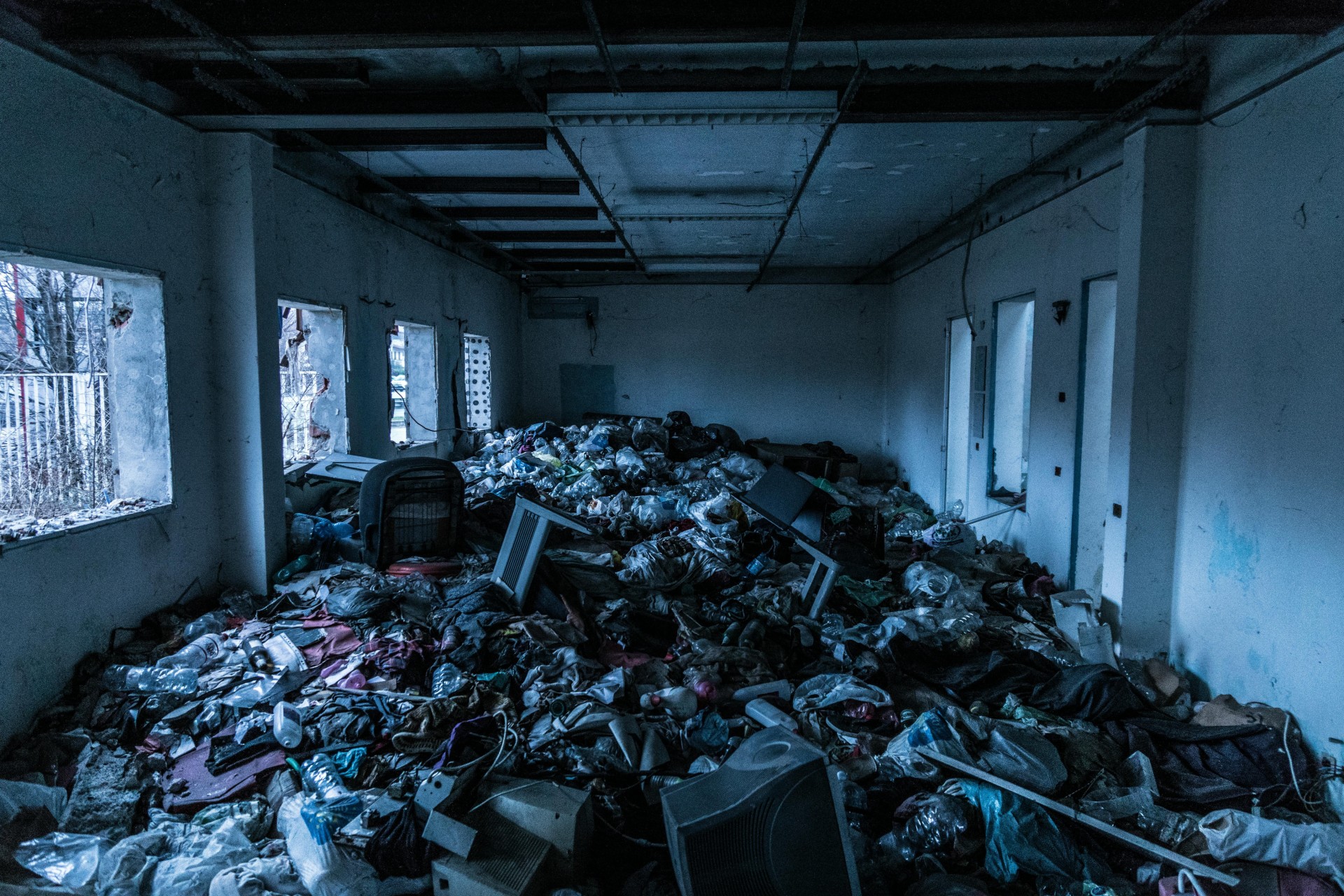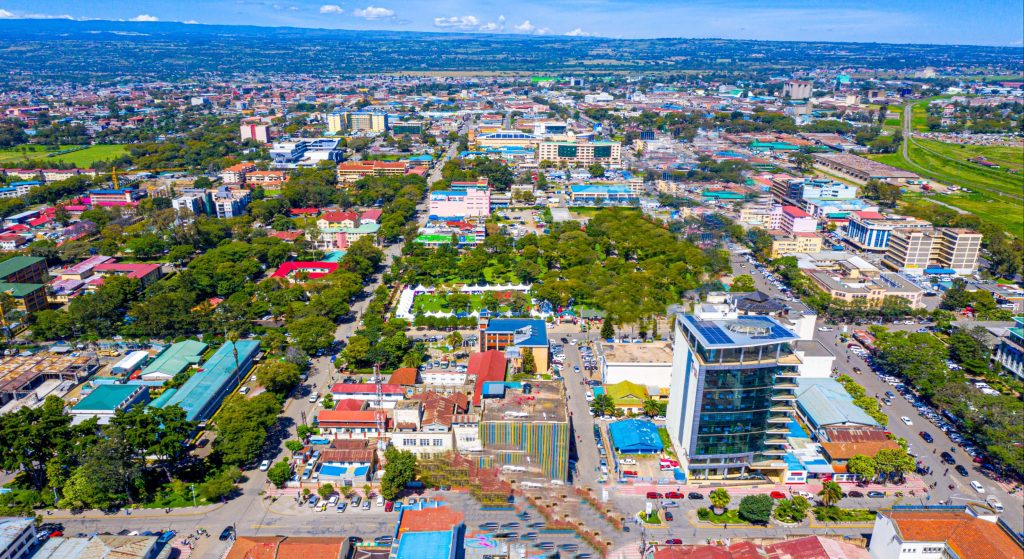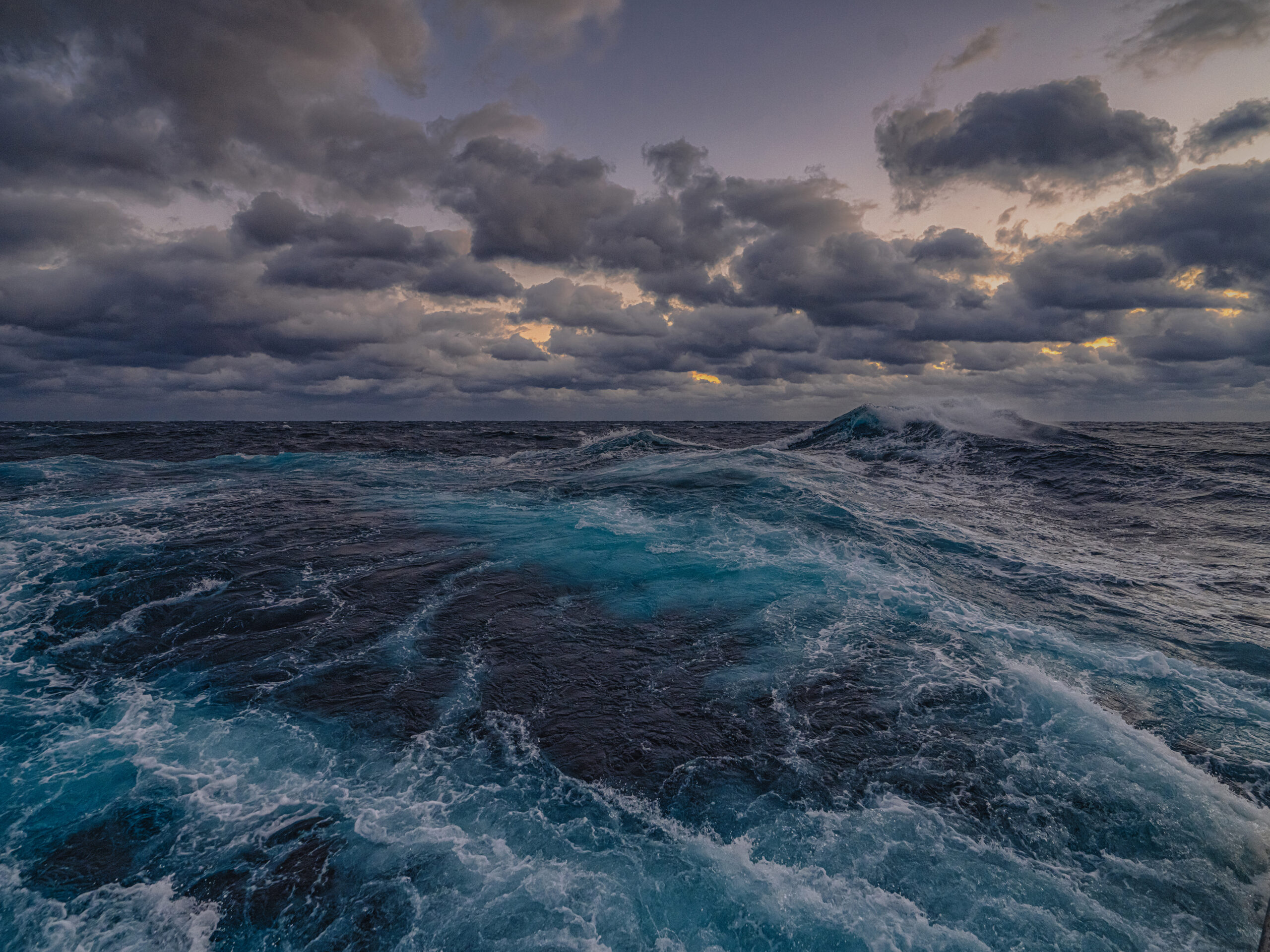- Lake Bogoria’s water has turned reddish several times, especially after a short period of low rainfall.
- This happens due to the presence of a particular species of Dunaliella Salina, an alga that thrives in the Lake’s alkaline and saline environment.
The red colouration of Lake Bogoria should not alarm anyone; it has occurred severally before and is a natural phenomenon.
Lake Bogoria’s water has turned reddish several times, especially after a short period of low rainfall. This happens due to the presence of a particular species of Dunaliella Salina, an alga that thrives in the Lake’s alkaline and saline environment.
Once the Lake is exposed to high salinity and light intensity, the algae produce a protective substance known as carotenoids from their tissues, resulting in the reddening of the water.
The algae are a source of food for animals within the Lake, such as flamingos, which attract both domestic and international tourism.
Therefore, to Baringo residents, it is not the end of days as some may have whispered in horror.
Read More
Scientists have proven over the years that the colour change in lakes and other primary water sources is not a result of pollution or supernatural power involvement, but rather a natural process caused by the explosive growth of Dunaliella Salina.
This microalgae loves a salty environment and thrives in alkaline waters.
The algae produce beta-carotene, a red-orange substance, like the colour of carrots, which makes the Lake appear red under certain conditions.
This process is not unique to Lake Bogoria. Similar incidents have been documented worldwide, where some lakes periodically turn shades of red or pink when specific biological processes occur.
Next time water in a nearby lake turns reddish, it will not be pollution or punishment from God, like the plague of Moses turning water into blood; I believe you know better now.

